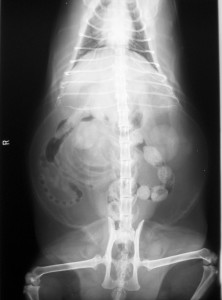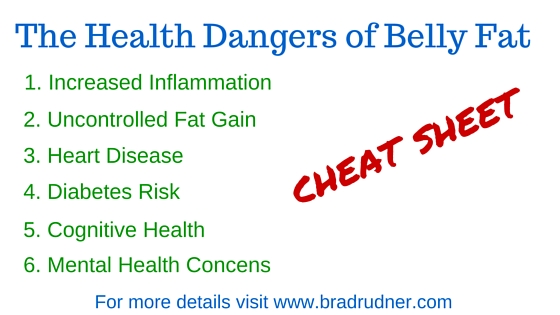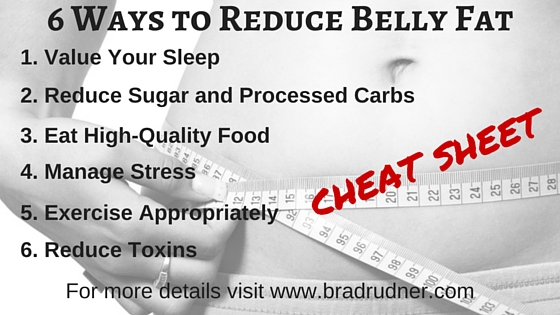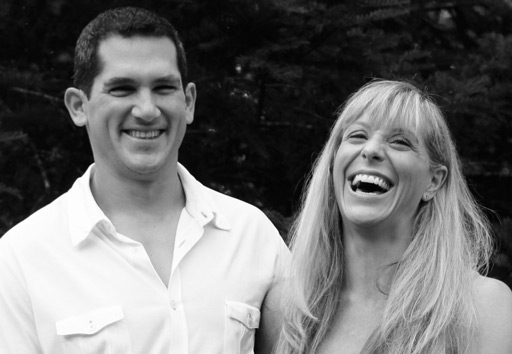Just because you fit into a pair of skinny jeans or have a waistline the same size as a teenage athlete doesn’t mean you have a healthy body composition.You could have dangerous belly fat. On the other hand, carrying a few extra pounds doesn’t mean you’re not healthy. Sometimes what we see is not what we get when we look under the hood.

We all need some fat
We all have some fat. We all need to have some fat. It helps us with temperature control, hormone balance, cushioning our skin, extra energy stores and various other things as well. Often people talk about losing weight (what they actually mean is fat) as a way to look better. We might all have different ideas of what is aesthetically pleasing as far as size and shape go, so let’s look at things that are a little more objective.
It’s better to feel good than to look good
Right off the bat, it’s good to mention that it’s better to feel good than to look good for someone else. You might not agree but if you speak to figure and fitness models and bodybuilders, they’ll tell you when they look the best (for their photo shoots or competitions), they usually feel their worst. In fact, they can’t wait to rehydrate and eat something significant as soon as their event is done.
Body functions change with very low body fat
Beyond how you feel is how you function and as your body fat percentage creeps lower, some can manage lower percentages than others, certain feedback loops in the body are negatively affected. Hormone levels can go haywire, sapping testosterone or halting menstruation. Adrenals can be depleted, affecting sleep, anxiety and immunity.
In order to ensure survival the body compensates
The bottom line is that if your body fat goes too low, the compensatory mechanisms that are part of you kick in and read the situation as a survival battle. In a push to return to homeostasis, the body goes into a triage mode and prioritizes functions in order of importance for staying alive. Things like fertility and digestion will be compromised so the brain and heart can continue to work.
Looking for Balance
Okay, you’re not competing or going for photo shoots for the cover of a health magazine. You want to look good and you want to feel good. You don’t want to be obsessed about your extra few pounds but you don’t want to increase your risk of disease or added health burdens. Good call! You are well-adjusted and reasonable. That’s why I wrote this article.
Let’s look at what you do need to be vigilant about and how you can have your cake and eat it too, literally…well, maybe not. More like figuratively… I don’t know how much cake you plan to eat and what’s in it. 😉
What is Dangerous Belly Fat?
As I mentioned, we all have fat but not all fat is equal. Without getting into a fat identifying guide (I’ll leave that to the Audobon Society when the run out of things in nature to include in their field guides), let’s break down fat into a simple two designations: subcutaneous fat and visceral fat.
Subcutaneous fat:
Found under the skin, where you can “pinch an inch”, subcutaneous fat is distributed all over the body. This kind of fat you can relax about. It can often make you look better and is quite difficult to reduce if so desired.
Visceral fat:
Here’s where we need to pay attention. Visceral fat, while harder to see and pinch, has several health risks and is found in the abdominal area – that’s how we get the term dangerous belly fat. Visceral fat accumulates around the organs and actually acts as an organ, dictating hormones and compromising function.
The Reason We Identify Visceral Fat As Dangerous Belly Fat
- Increased Inflammation – visceral fat produces further inflammation which is at the root of many diseases. The excess fat secretes inflammatory molecules into organs and circulates them around the body. This is particularly hard on the liver.
- Uncontrolled Fat Gain – the added fat cells warp hormonal production which increases outputs of ghrelin and insulin, responsible for hunger and further fat storage. This just accelerates more fat gain and the cycle continues.
- Heart Disease – visceral fat contributes to rises in blood pressure, triglycerides and sends inflammation through the cardiovascular system.
- Diabetes Risk – with greater adipose tissue (fat cells) around organs and hormonal issues disrupting metabolism, insulin resistance can more easily occur which leads to type-2 Diabetes.
- Cognitive Health – inflammation, heart disease, added toxins, sleep disruption, hormonal imbalance all have a significant influence on the continued health of the brain which can lead to dementia and neurodegeneration.
- Mental Health Concerns – visceral fat affects the gut microbiome which in turn plays a significant part in manufacturing neurotransmitters which control mood and healthy emotions. With added fat and compromised body functions, people become physically depressed which in translates to mental depression as well.
Visceral fat also increases risks for cancer, stroke, arthritis, sexual dysfunction, metabolic syndrome and sleep issues.

Identifying Dangerous Belly Fat
The best way to determine if you have significant visceral fat is by getting an MRI or CT-Scan. However, this is expensive, challenging to arrange and somewhat unnecessary.
According to The Journal Of The American Medical Association, If someone has a waistline greater than 40 inches for men and 35 inches for women, then they are carrying too much belly fat, even if they are a healthy weight and have no health issues.
The Dangerous Belly Fat Trend
The sad thing is the general population’s waistline has been expanding consistently for decades. There are a lot of factors involved in this including hormonal disruption, sleep quality and quantity, higher sugar intake and constant access to convenient foods, added stress and several more. What’s important is to take it seriously, reduce the causes, increase prevention and reversal.
Love Your Body And Take Care Of It
It’s important to not feel shame about carrying extra weight and not get caught up comparing ourselves to airbrushed models and the media glorification of skinny. Having a healthy relationship with yourself starts with self-acceptance and then moves forward to self-respect and self-improvement. To honor yourself, take care of your health.
Love yourself for who you are which includes respecting your body enough to take care of it #LEAF Click To Tweet“Skinny Fat”
As I alluded to at the start of this article, you can be skinny and also be unhealthy. There are many ways that can be true. To focus on visceral fat, let’s bring up the term “skinny fat”. This is the case where someone doesn’t have a large waistline but their body composition is made up of a high body fat percentage. This stil carries many of the same risks as someone with an obese designation.
You can stay light, i.e., not need to lose weight, by restricting calories. However, if the quality of food you eat is poor, you don’t have lean muscle and you are constantly under stress, you will be carrying more fat than you should be. Once again this will be dangerous belly fat, affecting your health and increasing your risks of a host of diseases, regardless of how good you look with clothes on.
Now that we’ve covered the many angles of fat from how it helps to how it hinders, let’s move on to…
How To Reduce Dangerous Belly Fat
- Value Your Sleep – good sleep hygiene is a gamechanger all by itself. You can drop fat just by getting the right quality and quantity of rest. Restorative sleep is a detoxification enhancer, stress-reducer and, inflammatory suppressor. This is a comprehensive guide on how to tackle sleep to get the most out of it.
- Reduce Sugar and Processed Carbs – sugar and carbs are quick energy and in turn, don’t offer lasting satiation. If you are primarily eating these foods, you will be hard pressed to not eat too many. You also won’t be getting enough valuable nutrients to give your body what it needs. The combination is more fat, more hunger and less health.
- Eat High-Quality Food – Focus on good quality fats, clean protein and lots of non-starchy vegetables. If this takes up the majority of your diet, you will be fuller, more satisfied, more energized, less sick, better able to exercise and sleep properly and find it a lot easier to lose fat. Your liver will thank you too. Love Eating Actual Food #LEAF.
- Manage Stress – all the suggestions here will help reduce manage stress. Add meditation, music, laughter and play and you will not only lose fat, you’ll be happier. Stress results in inflammation and leads to a domino effect. Find what works for you and leverage it. #cortisolcontrol
- Exercise Appropriately – rather than attempt to marathon run your way out of fat, which is more likely to cause inflammation, added stress, interrupt sleep and rely on glucose and carbs for training fuel, get into walking, moving beyond exercise, do some High Intensity Interval Training (HIIT) in your favourite modality and lift something heavy.
- Reduce Toxins – ease off the alcohol, go organic, reduce chemicals in your cleaning and beauty products and keep your environment as low toxin as possible. Toxins get stored in fat and the more that we encounter, the more fat our body produces to protect us.

So there you have it. Don’t be hard on yourself. Give yourself time and value who you are regardless of your body composition. If you are overweight, it took some time to get there, give yourself time to get back. If you are skinny but know you need to improve your health, build up to it, don’t be afraid of gaining a little muscle or feeling uncomfortable and think of the long game.
What do you think is the right approach to fat? Do you have any insights to assist others in this journey?
